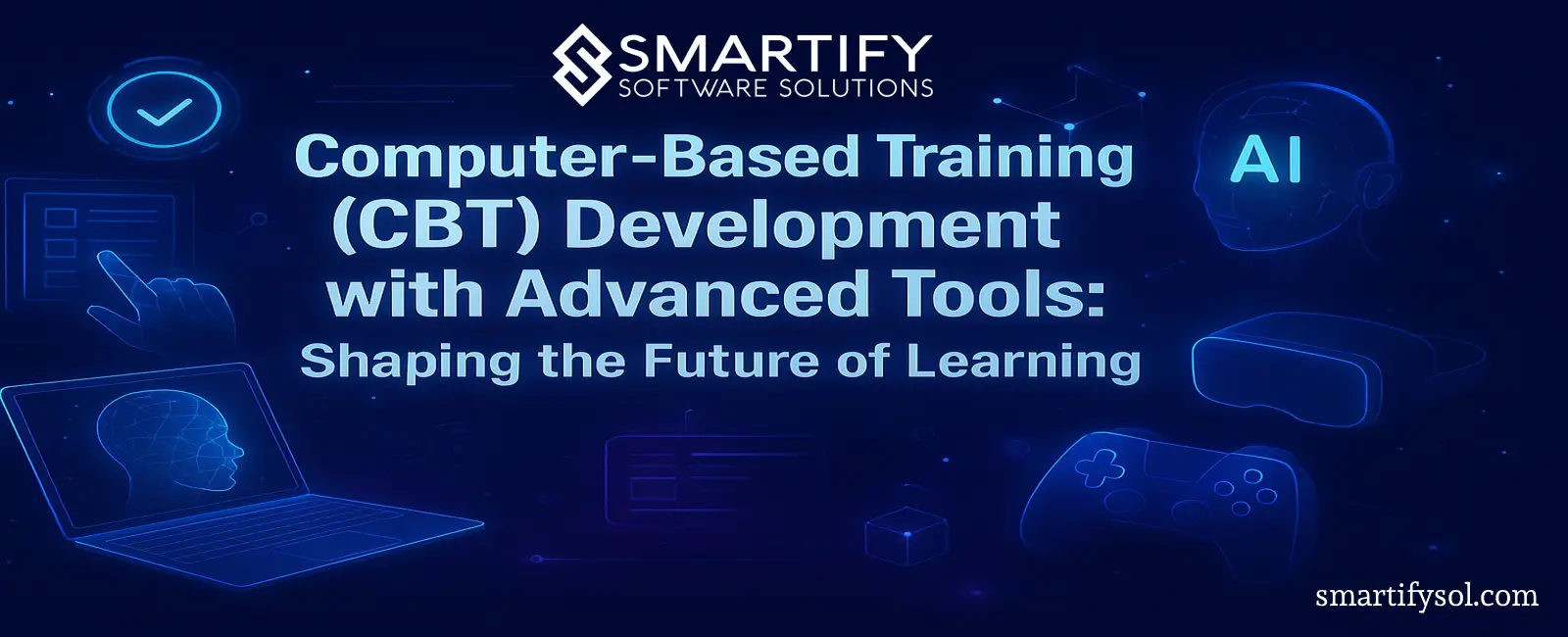In a world where technology is evolving at breakneck speed, Computer-Based Training (CBT) has moved far beyond simple slide decks and static quizzes. Today, advanced development tools are transforming CBT into dynamic, interactive, and highly personalized learning experiences.
If you’re looking to create training programs that truly engage and educate, understanding modern CBT development tools is essential.
What is Computer-Based Training (CBT) Development?
CBT development refers to the process of designing, creating, and implementing training programs delivered primarily via computers or digital devices. Unlike traditional learning methods, CBT is interactive, self-paced, and often multimedia-rich, offering flexibility to both learners and organizations.
With the rise of advanced tools, CBT development is now faster, more efficient, and capable of delivering immersive experiences like never before.
The Evolution of CBT: From Basic to Brilliant
In the early days, CBT was mainly text-based with limited interaction. Today, it incorporates:
- Interactive simulations
- 3D models
- Virtual reality (VR) environments
- Gamified learning experiences
- AI-driven personalized learning paths
All thanks to a new generation of powerful development tools.
Advanced Tools Powering Modern CBT Development
Here’s a look at some cutting-edge tools that are changing the CBT landscape:
1. Authoring Tools
Modern authoring tools help create highly interactive and responsive CBT modules without requiring deep programming knowledge.
- Articulate Storyline 360: Known for its flexibility and user-friendly interface.
- Adobe Captivate: Great for creating VR content, interactive videos, and simulations.
- iSpring Suite: Converts PowerPoint presentations into engaging e-learning courses easily.
2. Learning Management Systems (LMS)
An LMS organizes, tracks, and manages CBT courses.
- Moodle: Open-source and highly customizable.
- TalentLMS: Known for its simplicity and strong reporting features.
- Docebo: AI-powered LMS with personalized learning recommendations.
3. Virtual Reality (VR) and Augmented Reality (AR) Tools
VR and AR make learning immersive and highly effective, especially for complex subjects.
- Unity 3D: Popular for developing VR training environments.
- ZapWorks: A leading AR platform for creating interactive augmented experiences.
4. Artificial Intelligence (AI)
AI personalizes CBT by analyzing learner behavior and adapting content accordingly.
- Socratic by Google: AI-driven learning assistant.
- LearnWorlds: Uses AI for course creation assistance and learner analytics.
5. Gamification Platforms
Adding game-like elements makes CBT more engaging and motivating.
- Kahoot!: A simple tool for turning quizzes into fun competitions.
- MLevel: A platform focused on gamified microlearning.
Key Benefits of Using Advanced Tools in CBT Development
- Faster Development Time: Drag-and-drop interfaces and templates speed up the course creation process.
- Higher Engagement: Interactive elements and immersive experiences keep learners interested.
- Scalability: Easily update and distribute content to thousands of learners worldwide.
- Data-Driven Insights: Advanced analytics help measure effectiveness and tailor future training.
Challenges in Advanced CBT Development
Even with powerful tools, developers face challenges:
- Tool Overload: So many options can make choosing the right one overwhelming.
- Steep Learning Curves: Some tools, especially for VR and AI, require technical expertise.
- Budget Constraints: High-end development tools and platforms can be costly.
Smart planning, pilot programs, and investing in skilled instructional designers can help overcome these hurdles.
Future Trends in CBT Development
The future of CBT looks even more exciting:
- AI tutors and chatbots for instant help
- Hyper-personalization based on real-time learner data
- Increased use of VR/AR for real-world simulations
- Microlearning and nanolearning becoming standard
Conclusion:
Advanced tools have taken Computer-Based Training from static presentations to dynamic, immersive experiences. Whether you’re a corporate trainer, an educational institution, or an independent course creator, tapping into these technologies can unlock a whole new level of engagement and effectiveness.



